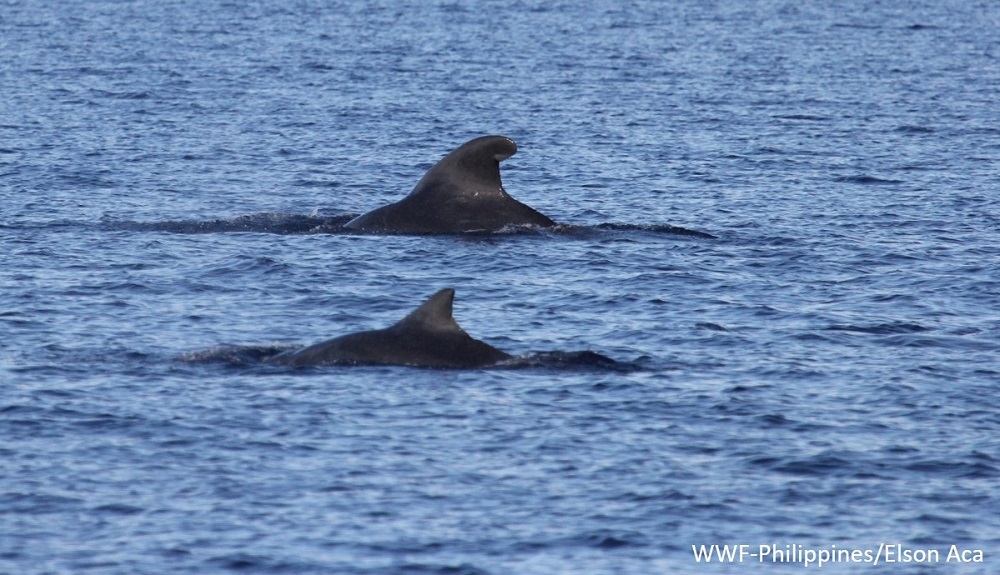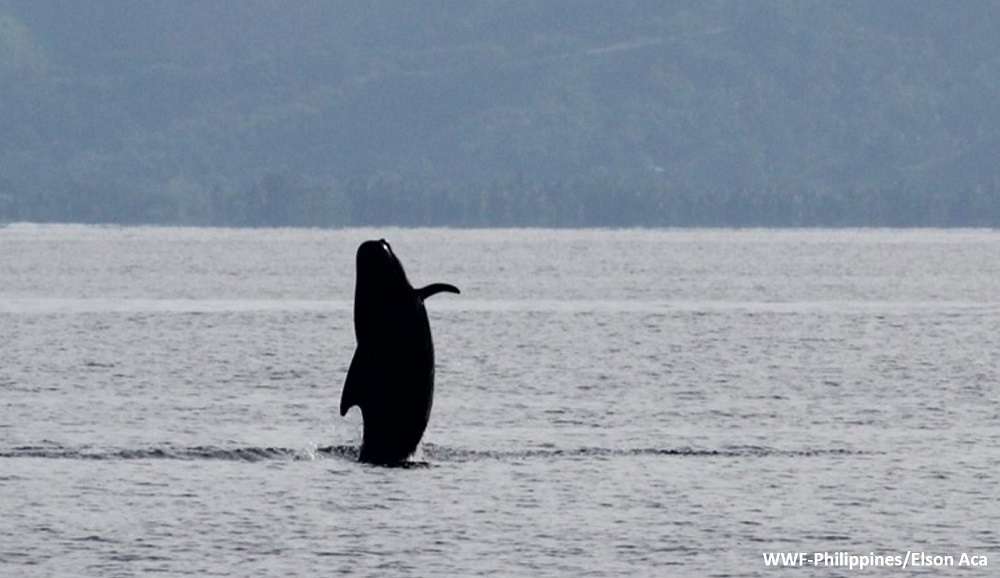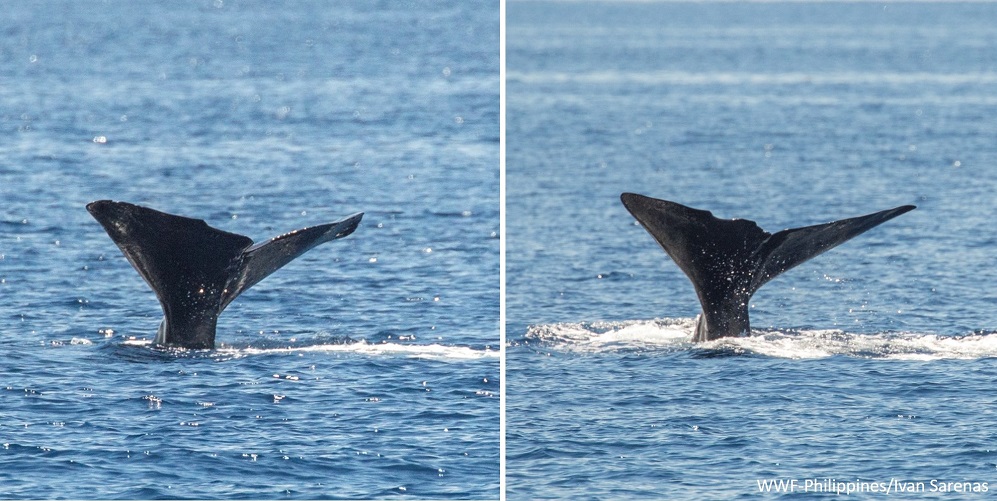17 Sightings Recorded in Recent SMARTSeas PH Survey in Davao Gulf
June 2018
A recent 6-day survey proved that the Davao Gulf is one of the country’s marine key biodiversity areas, but existing threats still need to be addressed.
WWF-Philippines, through its SMARTSeas PH Project in Davao Gulf, a project under the United Nations Development Programme (UNDP) and funded by the Global Environment Facility (GEF), together with its partners from the local government units (LGUs), national government agencies (NGAs) and the Academe in the area and aided by the members of the Marine Wildlife Watch of the Philippines (MWWP), recently conducted a cetacean survey in the Gulf as part of its aim to accelerate the establishment of marine protected areas (MPAs) and MPA networks to include more marine key biodiversity areas (MKBAs).
The 6-day survey, which is the second Project-led initiative after April 2016, recorded a total of 17 sightings. Most noteworthy of these were two sightings of pygmy killer whales (Feresa attenuata) which have never before been recorded for the Gulf, a pod of short-finned pilot whales (Globicephala macrorynchus) with a breaching individual, and four sightings of sperm whales (Physeter macrocephalus), the largest of the toothed whales. There were also numerous sightings of the dwarf sperm whale (Kogia sima) this year unlike in the 2016 survey where sightings of this species were few and fleeting.
The 2018 sightings now bring the total number of cetacean species in the Gulf to 15 from the previous record of 14 based on past surveys and stranding reports. This proves that Davao Gulf is indeed a marine key biodiversity area as shown by the diverse number of cetacean species whose presence indicate the health of the area.
However, they are still not safe from threats existing within the Gulf. Just last year, a dead sperm whale washed ashore on Samal Island and prior to the conduct of the survey, a cetacean identified as a pygmy sperm whale, got stranded in the Sasa area and eventually died. Thus, coordinated efforts among various stakeholders such as NGAs, LGUs, private sector, NGOs, coastal communities, and other members of society are needed to help preserve the marine biodiversity of the Gulf.



